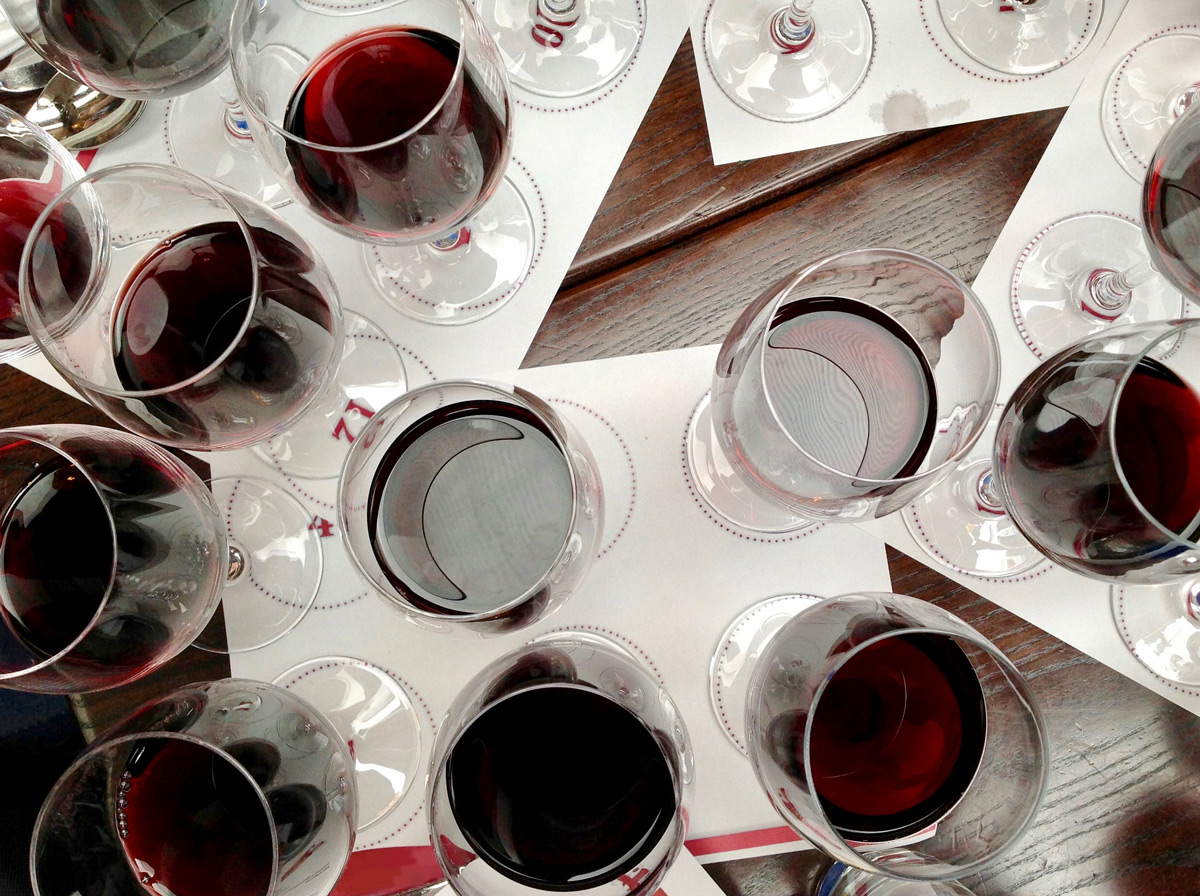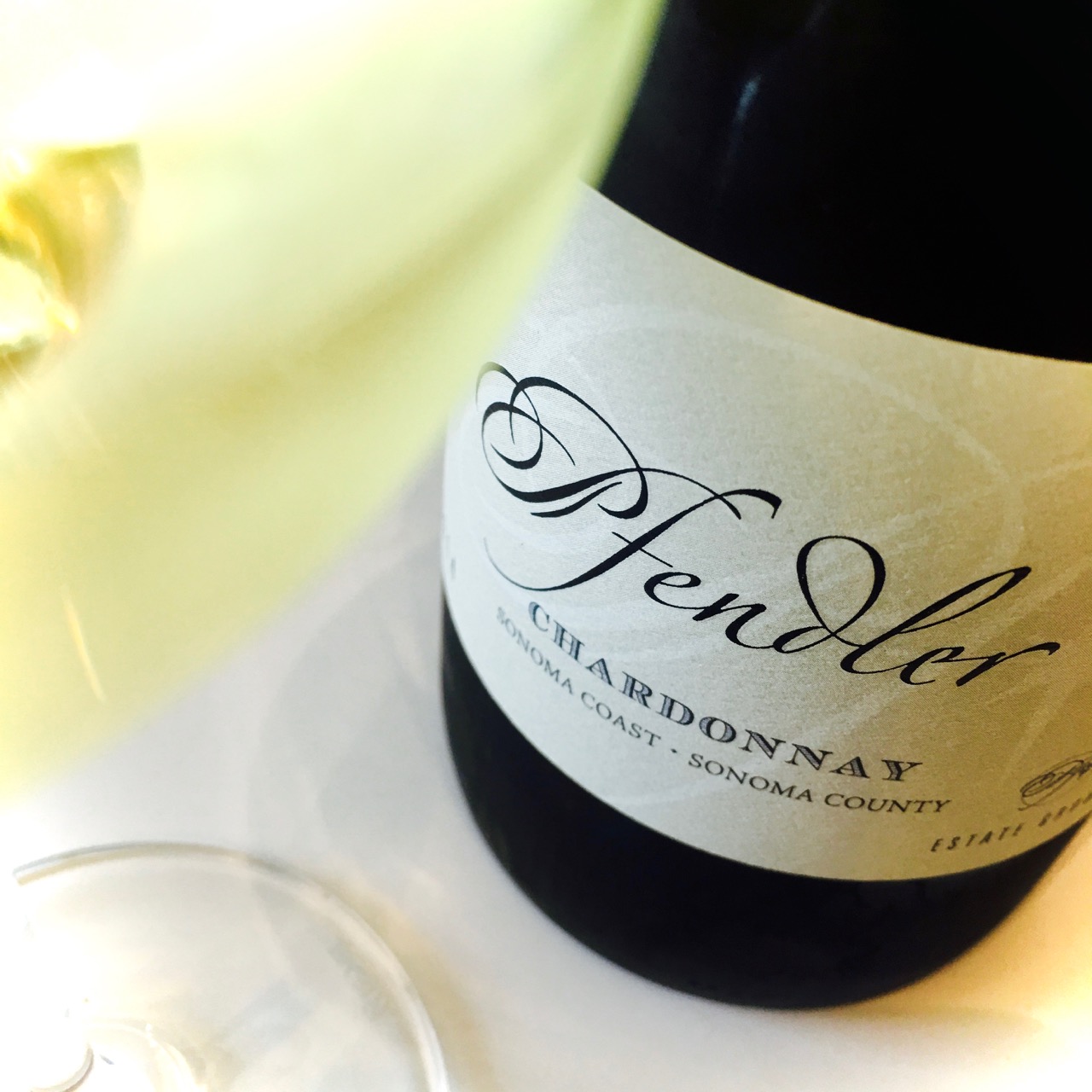Carbonic maceration is a technique that encourages intracellular fermentation within a grape berry. In full carbonic maceration, popular in Beaujolais with the Gamay grape, whole clusters are added to a tank, carbon dioxide is pumped on top, and the tank is sealed, ensuring anerobic conditions.
Fermentation begins inside the berry not as the result of yeasts — these reside only outside of the skins — but through another chemical process that converts a small amount of the grape sugar to ethanol. The step also slightly raises the pH, tames malic acid, and creates a number of volatile compounds that contribute fruity aromas of banana and kirsch. Full carbonic maceration usually lasts only a few days, after which the tank is unsealed and, in the newly aerobic environment, the yeasts get to work.
Partial carbonic maceration, also called semi-carbonic maceration, may take place in the early stages of whole-cluster fermentation. Depending on how gently the must is worked, the process can endure a few days before the skins start to pop.
Even when a winemaker chooses to crush the grape clusters, some whole berries may remain and undergo intracellular fermentation at the bottom of the tank. The carbon dioxide they generate provides proximal, if temporary, anaerobic conditions.
« Back to Glossary Index


